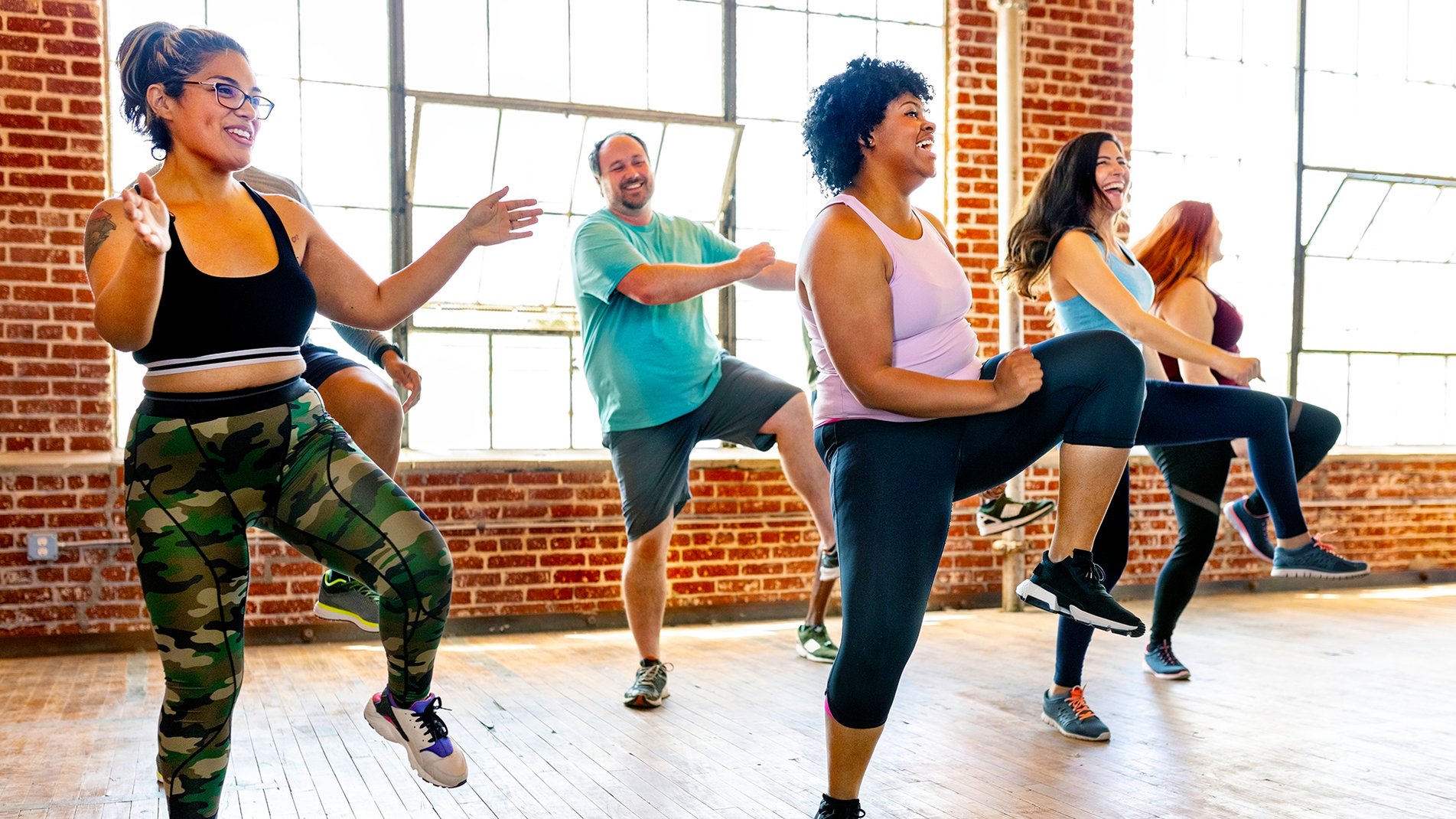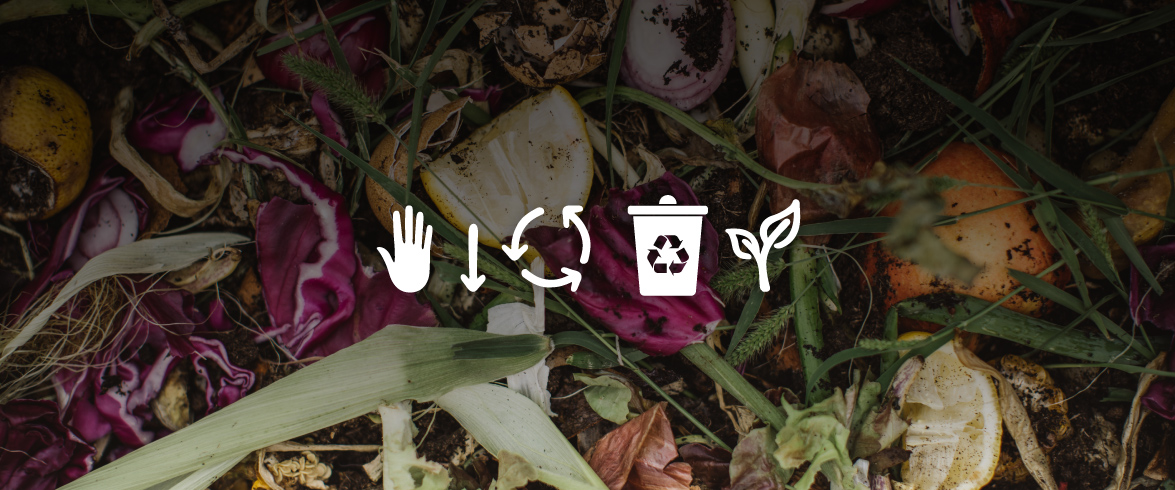We get it, it’s hard to break bad habits. But when it comes to building healthy habits, small decisions add up over time. That is why we are using our 10 Healthy Habits as the foundation of our new Health & Wellbeing program - GoodForYou.
They are easy to follow habits that have stood the test of time. These healthy habits aren’t anything crazy or extreme, but they consistently allow us to lead a healthy lifestyle for years and years. When implemented these habits have a significant impact on your physical and mental wellbeing.
So in this article we are going to focus on the healthy habit of 'Moving quickly once in a while'

But what does that mean? Well we've chosen an article from the resource section of GoodForYou. It's written by our Wellbeing Partner Synergy Health Ltd and we've re-produced their article in full below:
WHAT DO WE MEAN BY 'MOVE QUICKLY ONCE IN A WHILE'?
Recall a time in your life when you moved with intensity. Think back; this may have been playing tag as a kid or playing a sport - any time when you were moving fast. You might have been on a bit of a high; this is a benefit of moving quickly - an emotional boost.
Adding in some quick, higher intensity movement to your routine delivers amazing physical benefits.
We mean working hard and upping the intensity of your movement. How do you know if you're working hard? We like to use a simple subjective rating called the Rate of Perceived Exertion (RPE), which goes from 1-10, 1 being barely any effort and 10 being your maximum effort. Working hard is uncomfortable. It's an intensity that you can't hold for very long and is an 8 or above on the RPE scale.
This is an intensity where you're breathing hard, and you're working so hard; all you can do is focus on the task at hand. Your mind doesn't have time to wander.
If 'move slowly lots' refers to an hour-long walk or run, 'move quickly once in a while' is adding in several 30-60 second sprints on that run. Moving fast now and then can give you all of the health benefits of a long, slow jog but in a significantly shorter time.
You've probably heard of HIIT (high-intensity interval training) or Metcon (metabolic conditioning). These exercise types incorporate hard effort for short periods of time, usually interspersed with short bouts of recovery. Ideally, you aim for a short burst of intense effort, up to 9-10 RPE or 90+ percent of your max effort.
WHY MOVE QUICKLY?
Benefits include:
- Nervous system adaptation: High-intensity exertion sends signals to your nervous system and causes adaptations that prepare you to meet future challenges.
- Increased metabolism after your workout: Because high-intensity exercise requires more energy from your anaerobic pathways, this also means your body is continuing to use more energy to recover after your workout.
- Better bang for your buck (or time): You get the greatest physiological adaptations like reduced body fat and increased oxygen consumption from adding in high-intensity bursts.
- Mood boost: That extra effort results in an emotional boost thanks to endorphins, the 'feel good' hormones that get released.
HOW OFTEN DO WE NEED TO MOVE QUICKLY?
By once in a while, we mean 2 - 3 times per week for 2 - 20 minutes. This can be achieved by moving as fast as you can (any way you like) for only a few seconds at a time.
Remember that high-intensity exercise requires recovery for you to get the best health benefits and adaptation. That's why we say 'once in a while', not all the time. We want to avoid overtraining and putting more stress on the body than we can adapt to and manage.
We need good stress and resistance to make progress and positive physical changes, but we also need adequate rest and recovery time for our body to make those changes. Recovery is ideally active, moving slowly lots, like an easy bike ride, walk or swim.
HOW TO START
Depending on where you're at in your exercise journey, different types of movements may work better for you than others. If you're beginning or haven't exercised consistently for a while, always follow the principle of mechanics, consistency, intensity.
This means learning how to move well (mechanics), repeat that movement pattern lots, and build muscle memory (consistency). Only once you move well and have some decent practice under your belt do you increase the intensity. If you add in intensity too soon, you're asking for an injury.
It's best to start increasing your intensity with low-impact exercises. Swimming, rowing, biking, assault bike or ski-erg are great options. You can go hard for 20-30 seconds at a time.
If you're more seasoned and train regularly, you may want to start incorporating sprints or plyometric work (explosive movements) into your programming. This could be 50-meter sprints in the pool or some box jumps or burpees.
Impact exercise is important - as you build up your fitness, add in some higher intensity impact exercise for the additional benefit of improving bone density.
THE 4-MINUTE GAME CHANGER
Tabata is a simple format that you can do with almost any exercise. A Tabata workout refers to high-intensity bursts for 20 seconds, followed by 10 seconds of rest. You repeat this 8 times for a total of 4 minutes.
Because the intervals are only 20 seconds long, the goal is to push yourself for intensity.
You can do a variety of movements or the same movement for all 8 rounds. You can use this format to do sprint intervals running, rowing, ski erg or biking.
THE MENTAL REWARD
There are obvious physical benefits to moving quickly and with intensity, but one of the hidden benefits is the mental benefit. When faced with a mental challenge, which pushing yourself to a max effort is, you need mental strategies to be successful.
One helpful strategy is to break things down into timeframes. Don't think about the last set of intense work. Just focus on the one you're in. When your intervals are only 20 seconds long, it's not too hard to just be in the present. Just do the work of this one round. Focus on the current moment and movement.
PUT SOME MOTIVATIONAL TOOLS IN YOUR TOOLBELT
- Pump some upbeat tunes or hardcore music to get you moving
- Track your progress, see how far you've come or how fast you are
- Aim to beat your last score
- Workout with a buddy for some friendly competition
Creating a repertoire of motivational tools is helpful beyond the gym, pool or track. Learning how to motivate and push yourself is universally applicable to success in life.
There's also the mental reward and emotional buzz of doing something hard. This builds belief in yourself, you start training your mind to think, "If I can overcome adversity and push through here, where else can I do that?"
Increasing your physical intensity has a powerful effect on your sense of ability and accomplishment, your confidence and your overall wellbeing.
And if you don't know where to start, why not check out our new Wellbeing Program GoodForYou - it's a personalised program designed to help you improve your physical and mental health & wellbeing. It's free to all HealthCarePlus policy holders and you can add up to 5 friends and family to join you in this journey. It's very easy to set up and once you've joined up you can check out some high-intensity workouts to Move Quickly Once in a While with our Activate Workouts. Look for HIIT, Tabata and Metcon workouts and give one a go!




